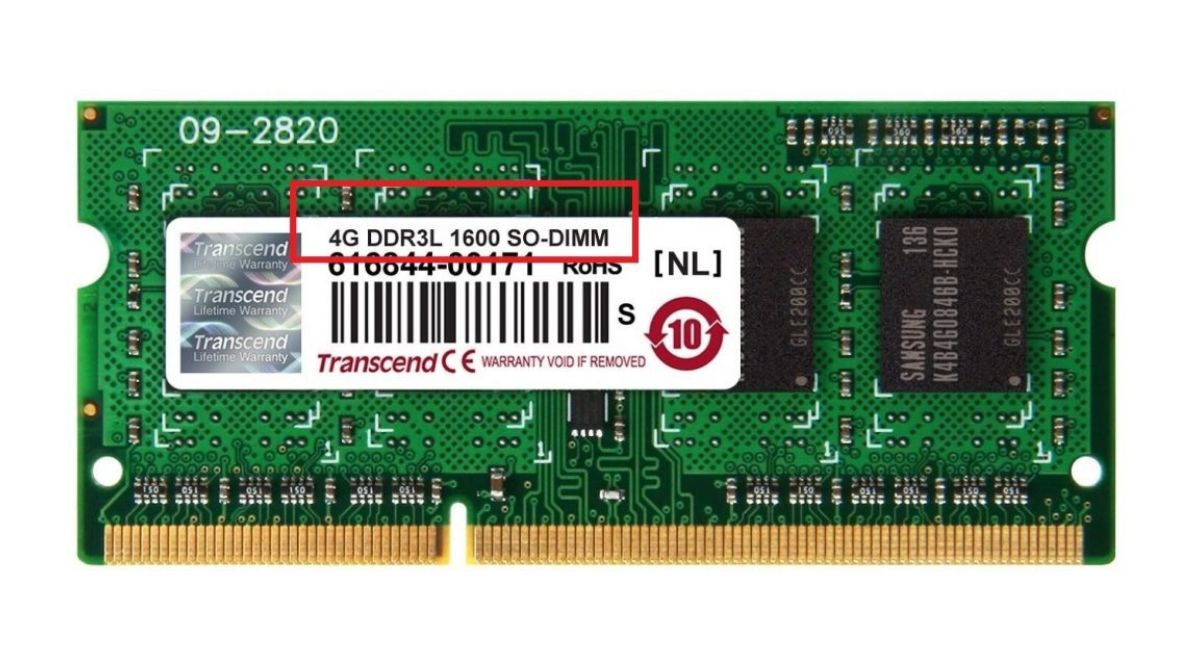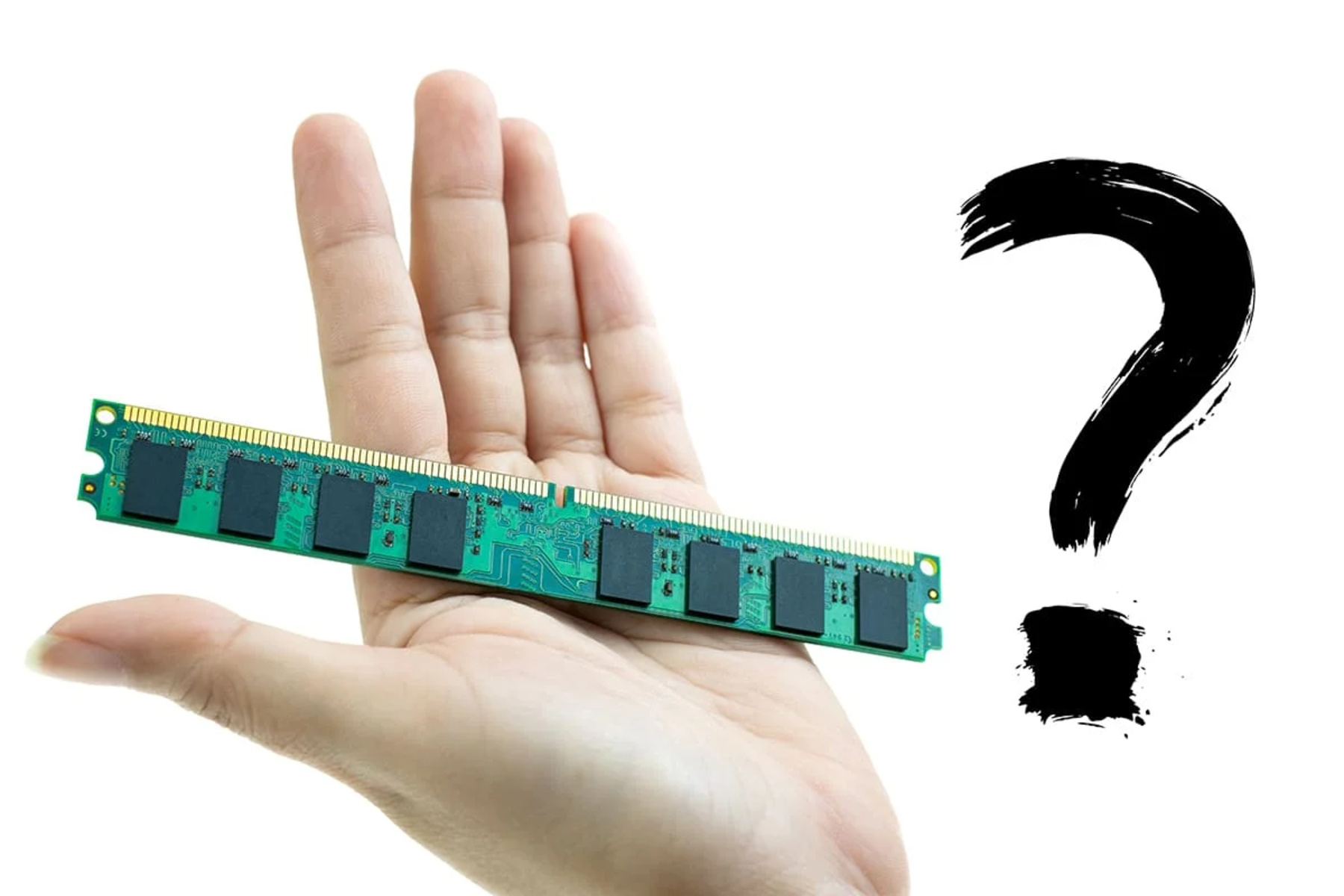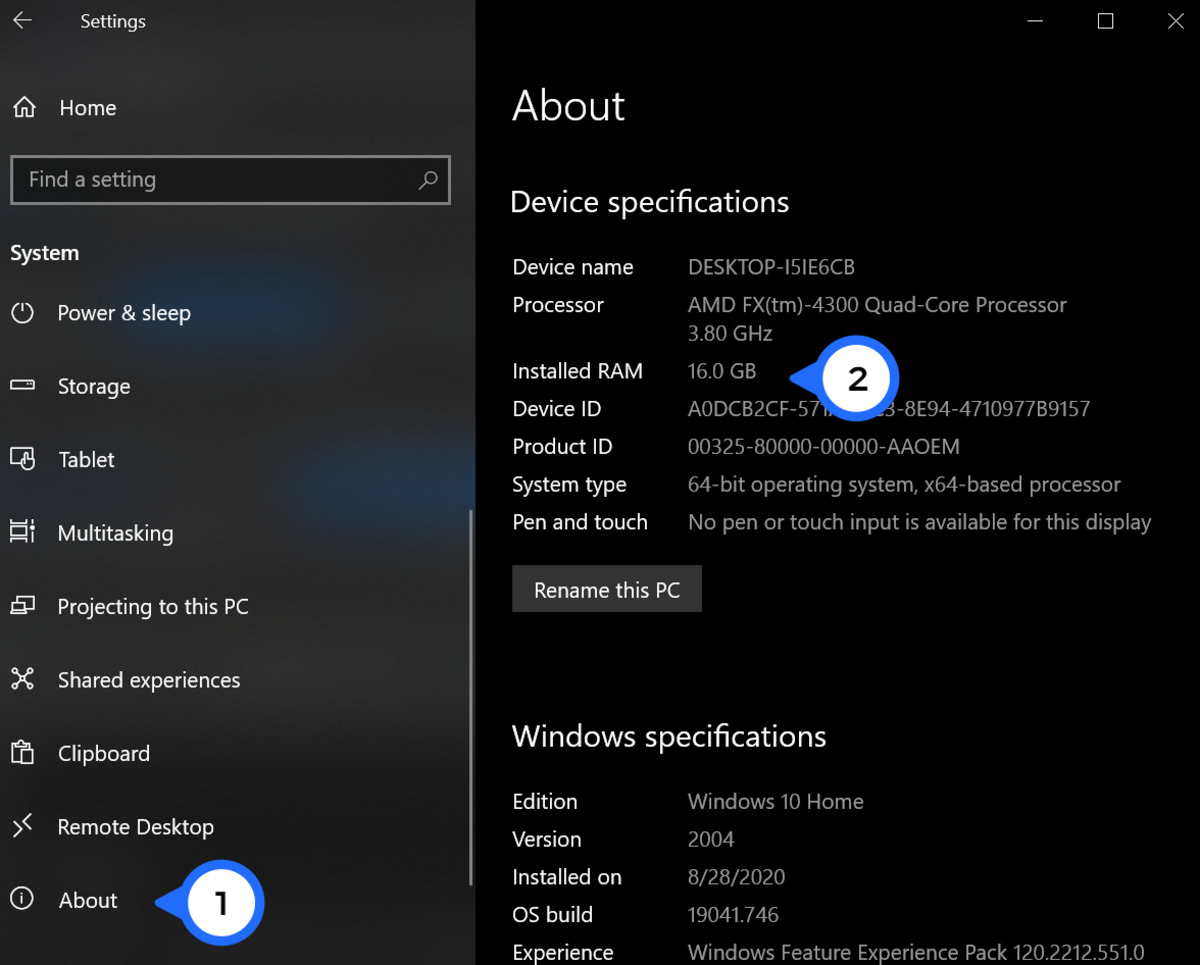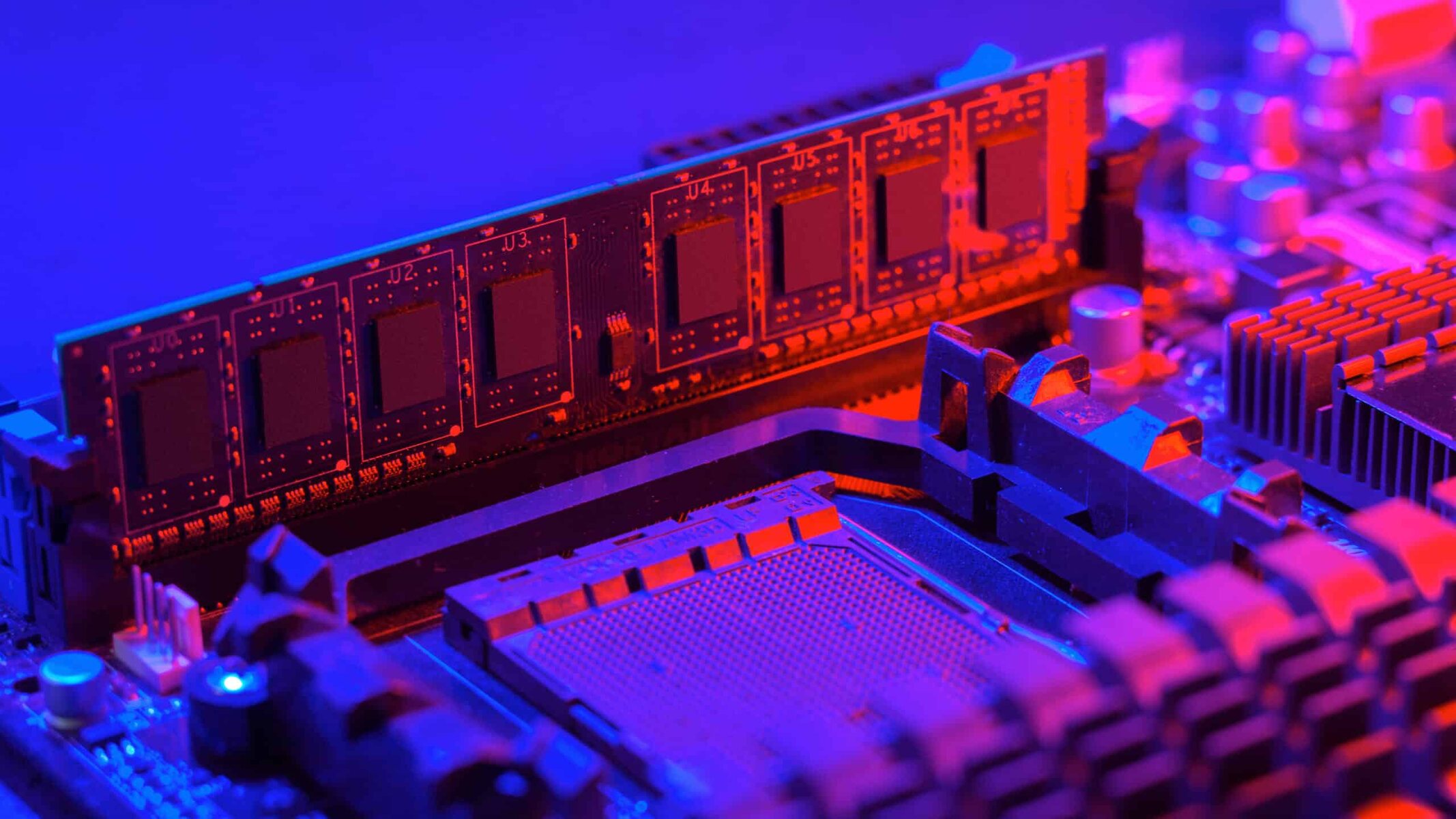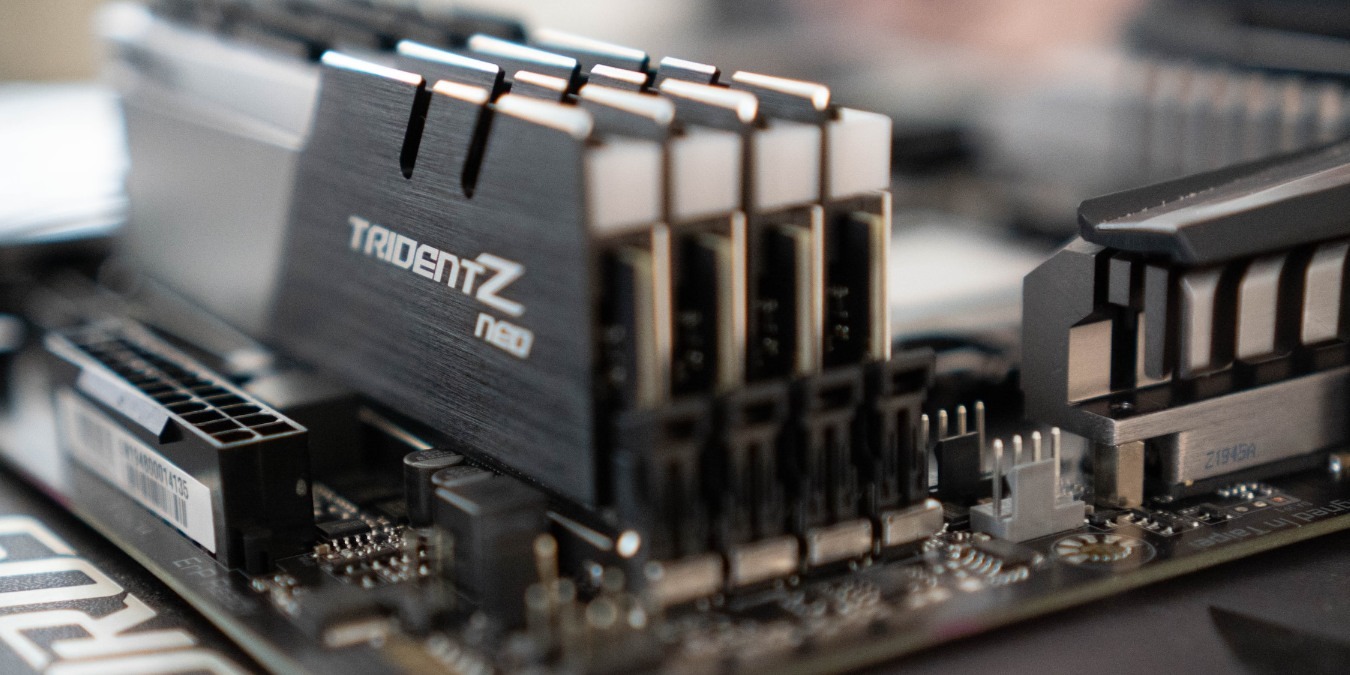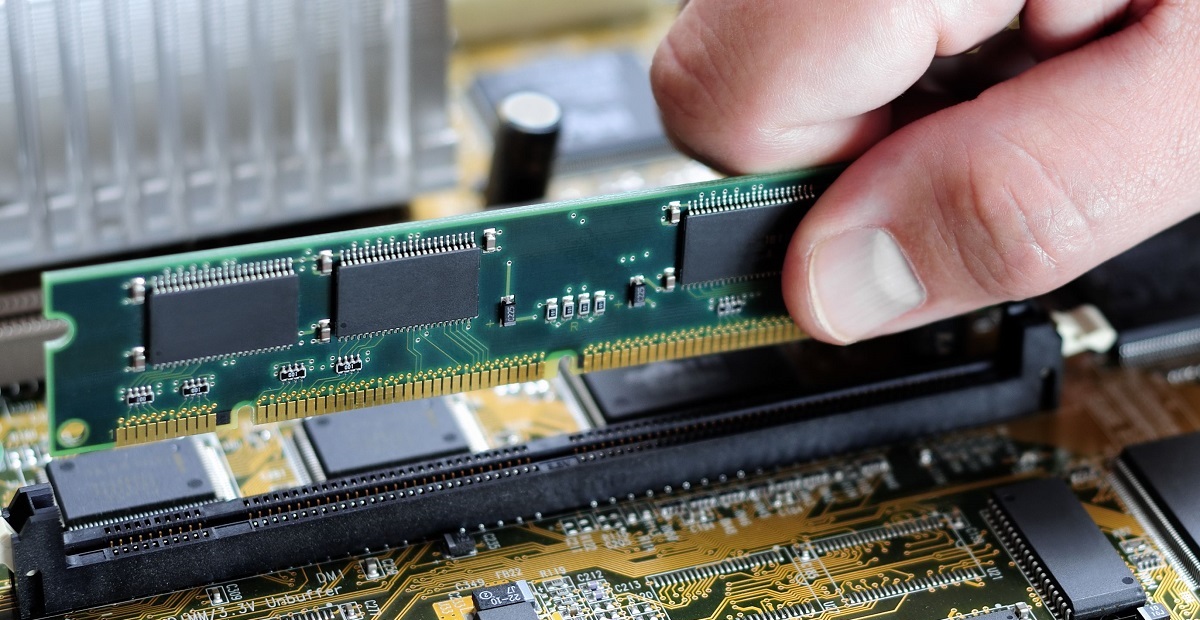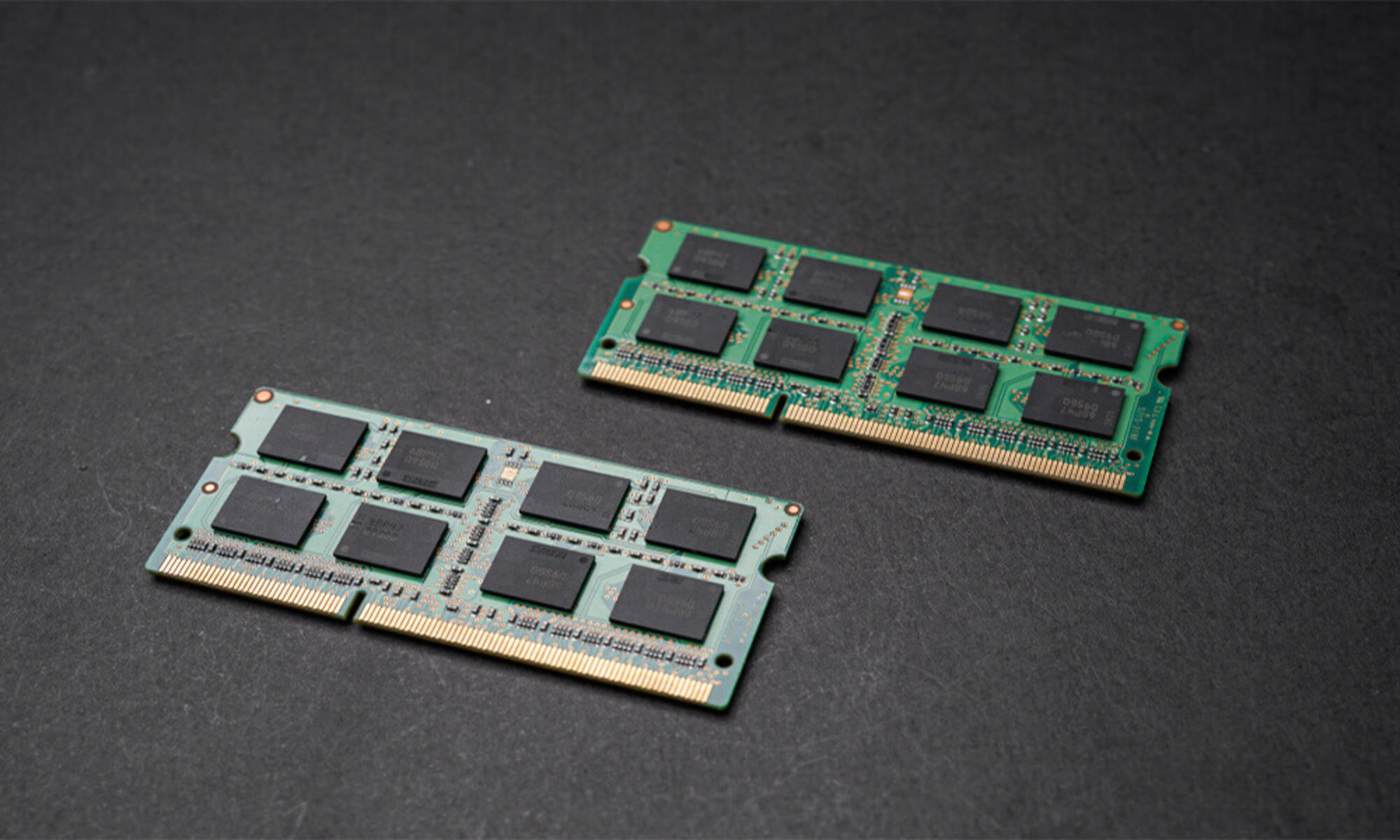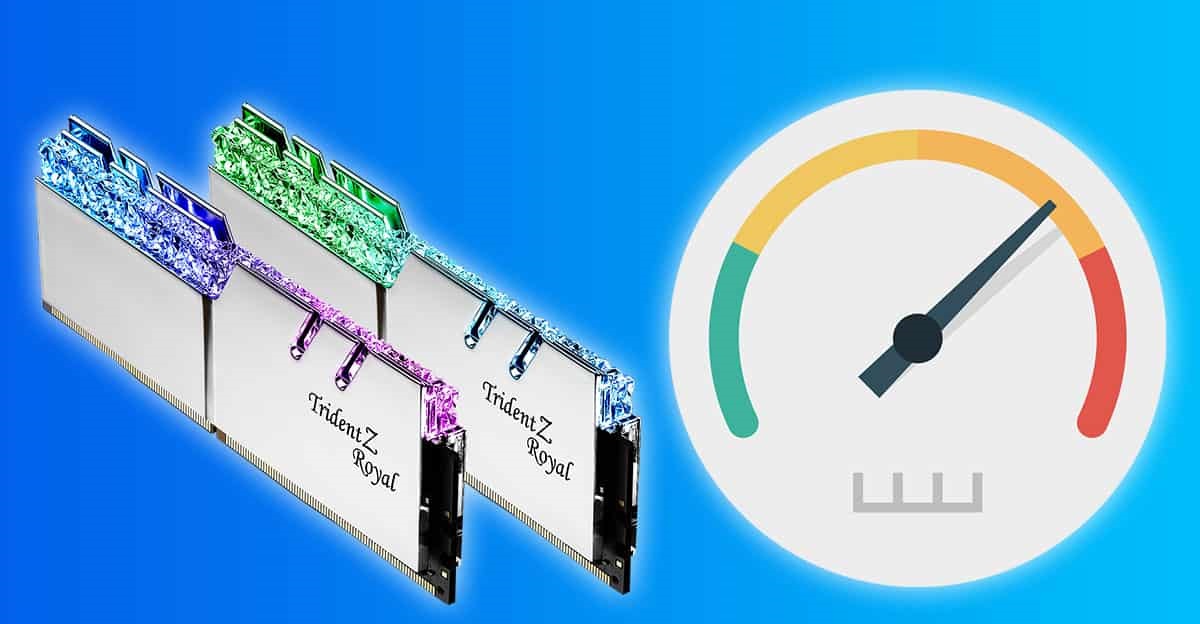Introduction
Checking the speed of your RAM (Random Access Memory) is an essential step in optimizing the performance of your Windows computer. RAM speed refers to the rate at which data can be read from or written to the memory module. It plays a crucial role in the overall speed and responsiveness of your system.
Upgrading your RAM or troubleshooting performance issues often requires knowledge of the current speed of your RAM. Fortunately, Windows provides several methods to easily check the RAM speed. Whether you are a gamer seeking to improve your system’s performance or a power user looking to optimize your workflow, knowing your RAM speed is vital.
By determining the speed of your RAM, you can evaluate whether it matches the requirements of your applications and operating system. Additionally, monitoring and troubleshooting potential speed issues can help you upgrade or replace faulty RAM modules, resulting in a smoother computing experience.
In this article, we will discuss different methods to check the RAM speed on your Windows computer. We will explore both built-in Windows tools and third-party software options. So, let’s dive in and find out how to accurately determine the speed of your computer’s RAM.
Why Check RAM Speed?
Understanding why it is important to check the speed of your RAM can help you optimize your computer’s performance and identify potential issues. Here are a few compelling reasons to regularly check your RAM speed:
- Performance Optimization: RAM speed directly affects the overall performance and responsiveness of your computer. By ensuring that your RAM is operating at optimal speeds, you can improve multitasking capabilities, reduce lag, and enjoy a smoother computing experience.
- Compatibility and Upgrades: Checking the RAM speed is crucial when upgrading or adding new RAM modules to your computer. It helps ensure that the new module is compatible with your system and matches the speed requirements of your applications and operating system.
- Troubleshooting: If you are experiencing frequent crashes, freezes, or slowdowns, checking your RAM speed can help identify if it is causing the issue. Lower than expected RAM speeds can indicate problems that require further investigation or potential replacement of faulty RAM modules.
- Gaming Performance: Gamers often rely on high-speed RAM to achieve smooth gameplay and reduce loading times. Checking the RAM speed allows you to determine if your current setup meets the recommended specifications for a particular game or if an upgrade is necessary to enhance your gaming performance.
- System Requirements: Some resource-intensive applications and software, such as video editing software or virtual machines, require a certain minimum RAM speed for optimal performance. Verifying your RAM speed ensures that your system meets the requirements to run these applications smoothly and efficiently.
By regularly checking your RAM speed, you can ensure that your computer is running at its best and avoid potential performance bottlenecks. Now, let’s explore the different methods available to check the RAM speed on your Windows computer.
Method 1: Using Task Manager
One of the easiest ways to check your RAM speed on a Windows computer is by using the built-in Task Manager. Follow these steps:
- Press Ctrl + Shift + Esc on your keyboard to open the Task Manager.
- In the Task Manager window, click on the Performance tab.
- At the bottom of the tab, click on Memory.
- Look for the Speed field, which indicates the current speed of your RAM in megahertz (MHz).
Task Manager provides a quick and straightforward way to check your RAM speed. However, it should be noted that the information displayed may vary depending on your system configuration and the version of Windows you are using.
If you are unable to find the RAM speed information in Task Manager or want a more detailed and accurate report, there are alternative methods to consider. Let’s explore them next.
Method 2: Using Command Prompt
Another way to check your RAM speed on a Windows computer is by using the Command Prompt. Follow these steps:
- Open the Start menu and search for Command Prompt.
- Click on the Command Prompt app to open it.
- In the Command Prompt window, type wmic memorychip get speed and press Enter.
- Wait for the command to execute. After a few moments, you will see the RAM speed information displayed in megahertz (MHz).
Using the Command Prompt allows you to retrieve more detailed information about your RAM, including the speed of each individual memory module. This can be helpful if you have multiple RAM modules installed and want to ensure they are all operating at the same speed.
Keep in mind that the Command Prompt method requires a basic understanding of using the command-line interface. If you prefer a more user-friendly approach or want additional details about your RAM, there are other methods available. Let’s explore them next.
Method 3: Using System Information
If you prefer a graphical user interface and more comprehensive information about your system, you can use the System Information tool in Windows. Here’s how:
- Open the Start menu and search for System Information.
- Click on the System Information app to open it.
- In the System Information window, navigate to the System Summary section in the left-hand pane.
- Scroll down in the right-hand pane and look for the Memory Speed field. The RAM speed information will be displayed here in megahertz (MHz).
The System Information tool provides a wealth of information about your computer’s hardware and software, including the RAM speed. It is a reliable method to check your RAM speed and can also provide insights into other system specifications.
If you prefer a more user-friendly and visually appealing way to check your RAM speed, you can consider using third-party software. Let’s explore this option next.
Method 4: Using Third-Party Software
If you’re looking for a more user-friendly and feature-rich solution to check your RAM speed, there are several third-party software options available. These tools provide detailed information about your system’s hardware, including the RAM speed. Here are some popular choices:
- CPU-Z: CPU-Z is a widely used and trusted software that provides comprehensive information about your computer’s CPU, motherboard, and RAM. It displays detailed information about your RAM, including the speed, type, timings, and capacity.
- HWiNFO: HWiNFO is a powerful system information tool that offers extensive hardware monitoring and reporting. It provides detailed information about your RAM speed, as well as other system information such as temperatures, voltages, and hardware sensors.
- AIDA64: AIDA64 is a premium system diagnostic tool that offers in-depth hardware analysis and benchmarking. It provides detailed information about your RAM speed, as well as comprehensive reports on other hardware components.
These third-party software options often provide more detailed and accurate information about your RAM speed compared to built-in Windows tools. They offer additional features and customization options for advanced users who want to dive deeper into their system’s hardware specifications.
Before downloading and using any third-party software, it’s important to ensure that you are using a reputable source and that the software is compatible with your operating system. Always exercise caution and download software from trusted websites to avoid malware or other security risks.
Now that you are familiar with multiple methods to check your RAM speed on a Windows computer, you can choose the one that suits your needs and preferences. Regularly monitoring your RAM speed ensures that your system is performing optimally, and it can help identify any potential issues that require attention.
Conclusion
Checking the speed of your RAM is important for optimizing your computer’s performance and ensuring compatibility with applications and games. By knowing your RAM speed, you can make informed decisions about upgrades, troubleshoot performance issues, and ensure a smooth computing experience.
In this article, we explored four methods to check the RAM speed on your Windows computer. We started with the simple Task Manager method, which allows you to quickly view the RAM speed but may lack detailed information. Then, we moved on to the Command Prompt method, where you can retrieve more specific details about your RAM.
Next, we discussed using the System Information tool, which provides comprehensive information about your system’s hardware, including the RAM speed. Lastly, we explored the option of using third-party software like CPU-Z, HWiNFO, and AIDA64 to obtain detailed and customizable reports on your RAM speed.
Remember to choose the method that suits your needs and preferences. Whether you prefer a basic, built-in tool like Task Manager or a more advanced third-party software option, regularly checking your RAM speed is crucial for maintaining optimal performance and troubleshooting any potential issues.
By staying informed about your RAM speed, you can ensure that your computer meets the requirements of demanding applications and games, and enjoy a fast and seamless computing experience.









